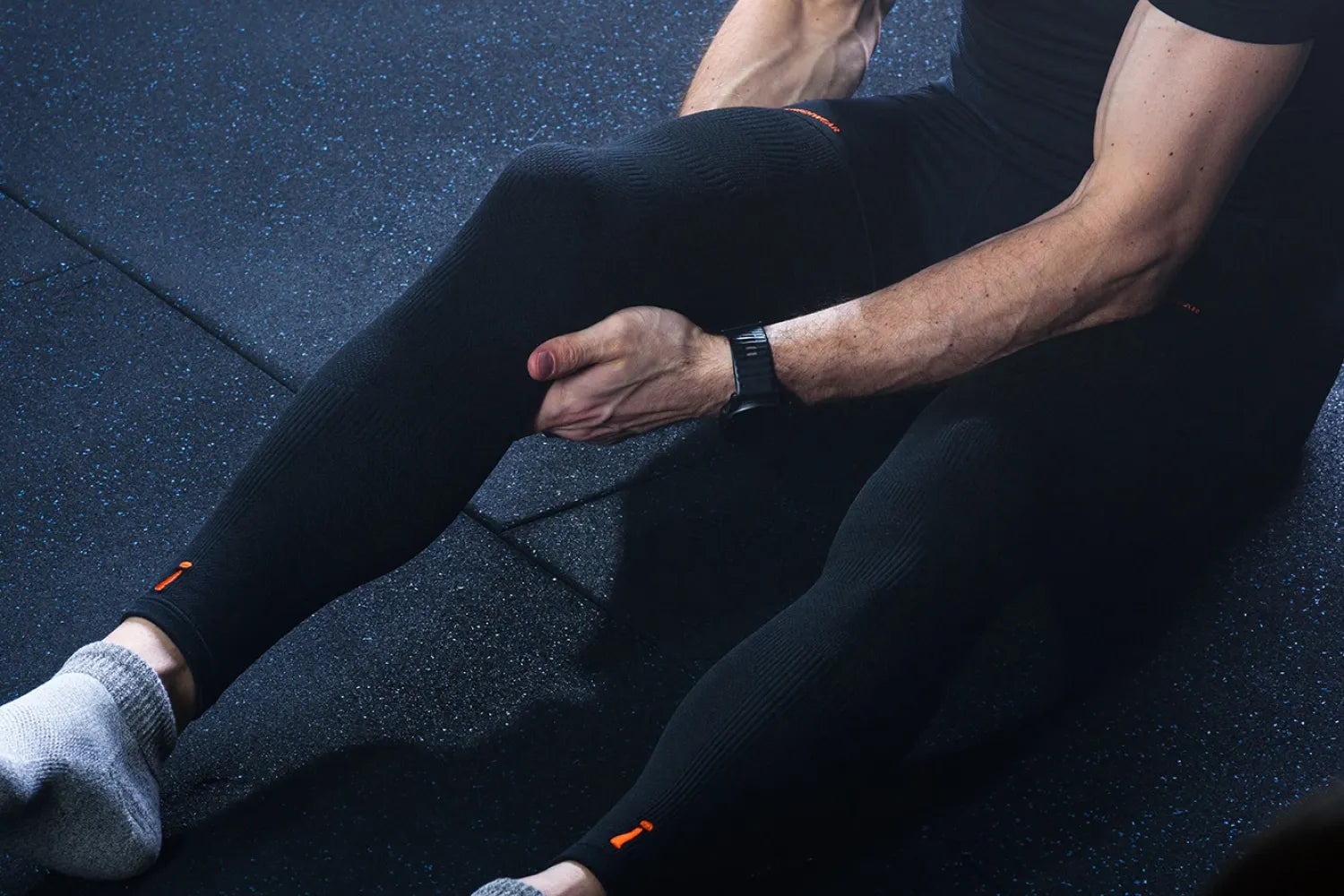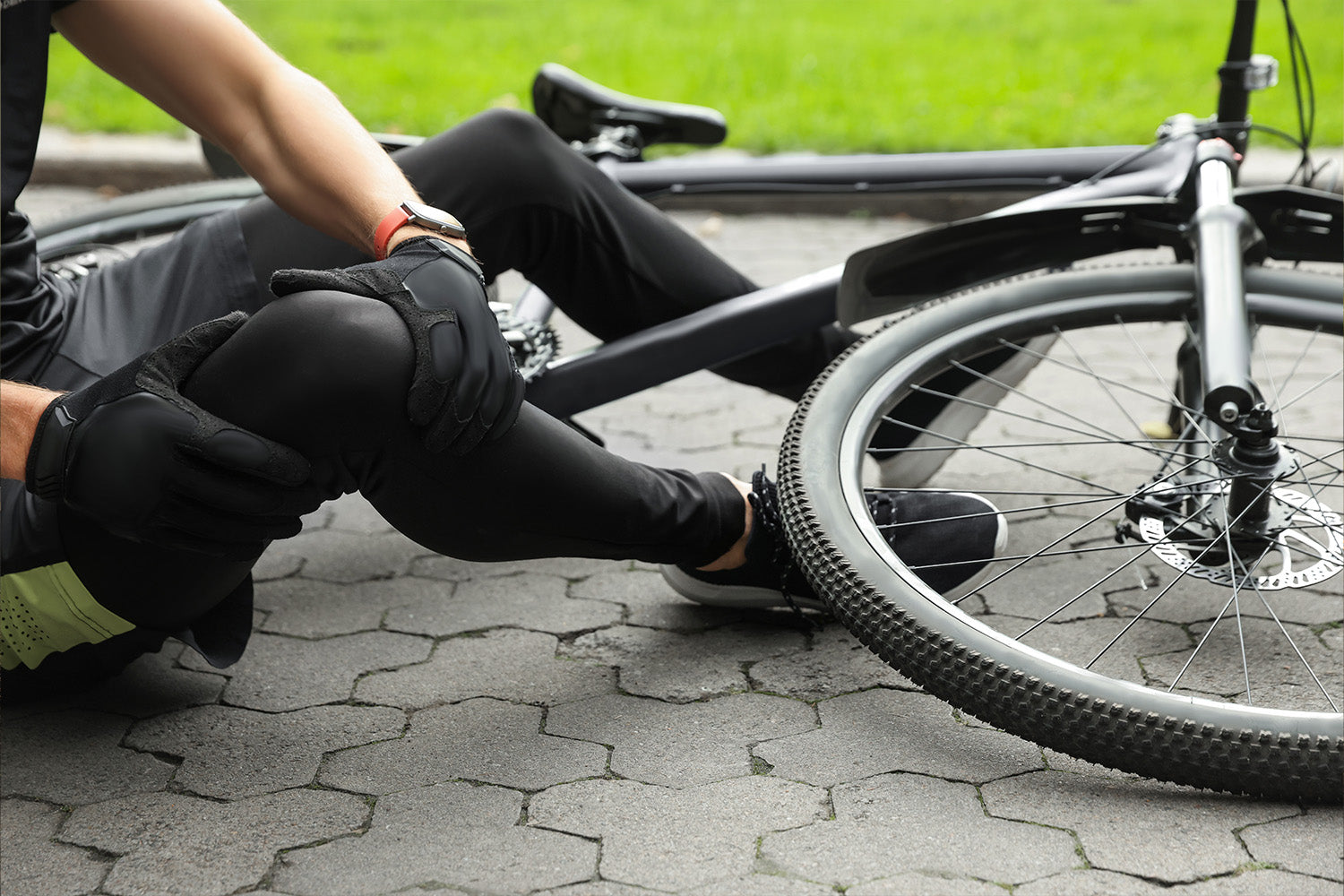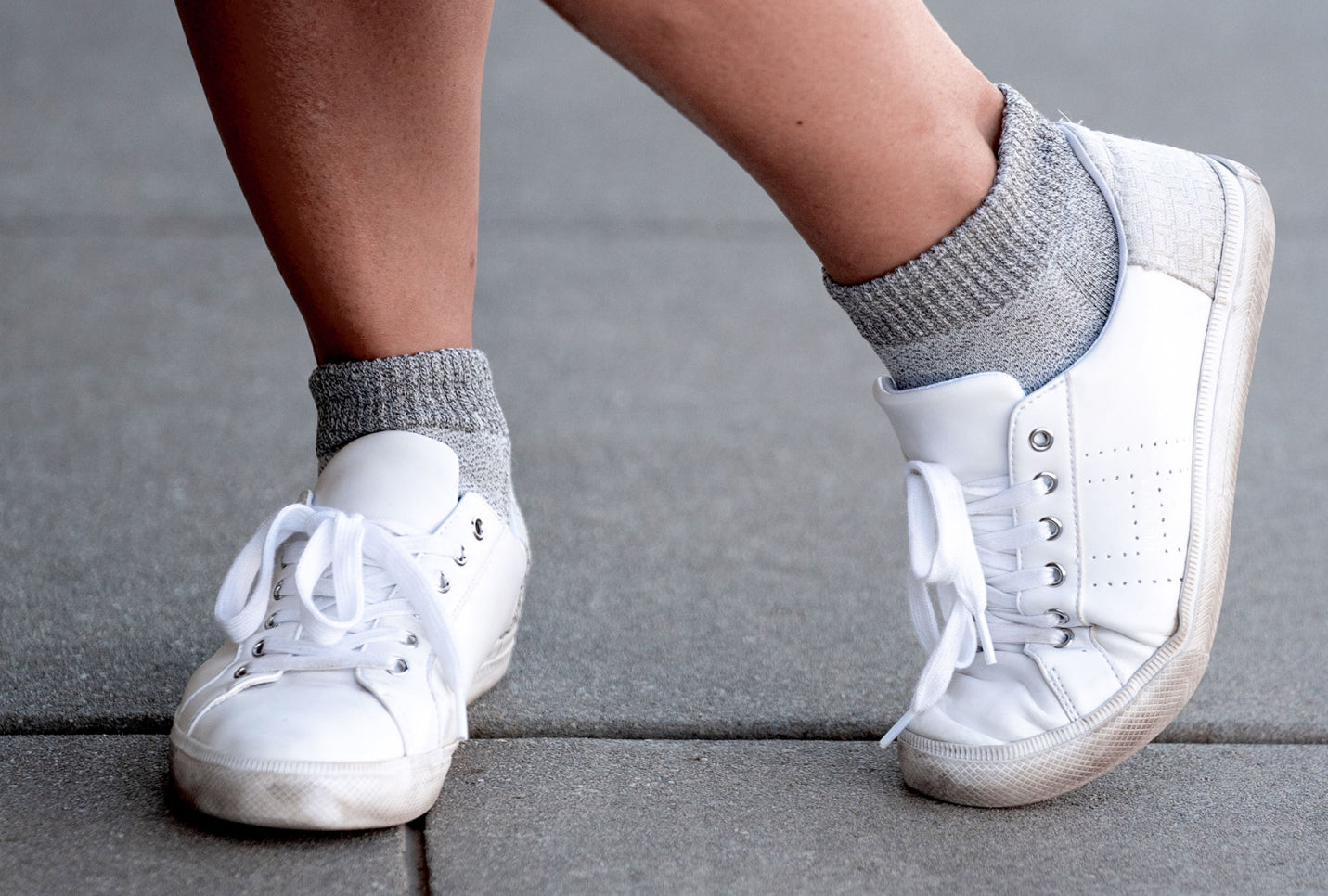Medically Reviewed By | Dr. Kate Panawash, PT, NCS, DPT
Nothing quite compares to the exhilaration of a smooth, open-road bike ride with the wind gently tugging at your clothes. Much like the wheels on your bike, your body also depends on a smooth circulation system for a well-functioning body.
You might not feel the wind against your skin, but inside, your blood is on a constant tour, delivering vital nutrients to every cell and organ.
However, for some, this smooth ride is hampered by circulation issues, making every pedal push feel like an uphill struggle. This guide from Incrediwear will give you a handle on understanding and improving your blood flow, keeping you ahead in the health race.
Why Is Circulation Important?
The circulatory system is always on the move with a heart, blood vessels, and blood. It transports oxygen, nutrients, hormones, and even waste products, keeping your body functioning like a well-oiled machine.
When blood flows freely, your body thrives, but a bottleneck in this vital pathway can lead to serious health concerns. The health of your cardiovascular system is intrinsically tied to blood circulation.
Think of your heart as a powerful cyclist, powering through, pushing blood through a maze of blood vessels. A healthy blood flow helps maintain your heart’s strength and endurance, fueling your body to tackle any trail life throws at you.
Common Circulation Issues and Their Causes
Poor circulation can sneak up on you like a sudden turn on a biking trail. Often, the symptoms of poor circulation, such as numbness, muscle cramps, and cold hands and feet, can be easy to overlook.
However, it's important to listen to these signs your body is giving you as they could indicate more serious underlying conditions. Several medical conditions can affect your circulation, including:
- High blood pressure can damage your blood vessels, while heart disease can impede the smooth flow of blood.
- Peripheral artery disease (PAD) narrows the arteries, leading to reduced blood flow to your limbs. Atherosclerosis results from plaque buildup in the arteries, hampering circulation.
- With peripheral vascular disease (PVD), an umbrella term for PAD and other blood vessel conditions, there could be varicose veins, often visible on the skin’s surface, indicating a venous issue, impeding blood flow back to the heart.
- Deep vein thrombosis is a serious condition where a blood clot forms in a deep vein, usually in the leg.
- Obesity puts extra strain on your body, including your circulatory system, making it harder for blood to reach all areas effectively.
Like preparing for a biking adventure, understanding the path ahead is crucial. Awareness of these common circulation issues and their causes helps you avoid potential health roadblocks and keep your journey smooth and enjoyable.
5 Easy Ways To Improve Circulation
While it’s important to touch base with a healthcare provider whenever you plan to improve your health and wellness, these are a few key ways to get on the path toward better circulatory health.
1. Adopt a Heart-Healthy Diet
Your body needs the right nutrients to keep the blood pumping smoothly. Prioritize a diet rich in omega-3 fatty acids found in fish and seeds, which can help support healthy blood pressure and reduce the risk of blood clots.
Minimize intake of red meat and cholesterol-rich foods to prevent plaque buildup in your arteries. Instead, opt for colorful fruits and vegetables packed with antioxidants that protect your blood vessels. Kateylyn Panawash, Doctor of Physical Therapy (DPT) and Board Certified Neurologic Clinical Specialist (NCS), suggests seeking guidance from a registered dietitian, who can help develop a plan tailored to your specific needs.
2. Stay Hydrated
Hydration is vital for your blood flow and overall health and well-being. Adequate water intake helps your blood carry nutrients effectively throughout your body.
3. Boost Your Physical Activity
Regular cardiovascular exercises, such as biking or other cardio workouts, can stimulate blood flow, strengthen your heart, and improve overall cardiovascular health. Make it a habit to incorporate daily physical activity into your routine. “Just like how the muscles that support our skeleton need strength training, so does the heart,” Dr. Panawash comments, “and that’s where aerobic exercise comes in to play.”
4. Wear Circulation-Supportive Clothing
Wearing the right athletic clothing or support devices such as calf sleeves can act like a supportive friend on a steep climb, helping your veins push blood back to your heart.
They're particularly beneficial for those with varicose veins or at risk of deep vein thrombosis. Providing support to the leg muscles in general during physical activity can be very beneficial for circulation.
That said, be wary of getting any old type of compression wear — it can benefit some, but compression does not work for everyone.
5. Consider Supplements
Certain supplements, like green tea extract, can support healthy blood flow. However, always consult your healthcare provider before adding supplements to your routine.
What Are Some Lifestyle Changes To Support Good Circulation?
While you can't control all the risk factors for poor circulation, lifestyle changes can help boost your cardiovascular health.
- Maintaining a healthy weight can ease the strain on your circulatory system and promote better blood flow.
- Reducing stress levels, much like coasting downhill after a tough climb, can lower high blood pressure, a major contributor to poor circulation.
- Regular check-ups with your healthcare provider can help monitor your overall health and catch any potential circulation issues early.
What Are the Health Benefits of Good Circulation?
Improving your circulation is like upgrading your bike's components — the better they are, the better your ride.
Good circulation can bring numerous health benefits. It improves muscle function, reducing soreness and muscle cramps. It promotes better heart health, protecting you against heart disease and heart attacks.
By enhancing blood flow to your brain, it boosts cognitive function. It also improves skin health, aids digestion, and strengthens your immune system.
With improved circulation, every organ in your body performs better. It's a journey worth embarking on for the sake of your overall health and well-being. So, gear up, take these steps to heart, and pedal your way to better circulation.
Wrapping Things Up
Just as every journey on your bike leaves you stronger and more accomplished, every step toward improving your circulation propels you further along the path to overall wellness.
Good circulation isn't merely about avoiding health issues like heart disease or peripheral artery disease. It's about providing your body with the optimal conditions to function at its peak, much like the perfect weather for a day's ride.
Keeping your blood vessels free of plaque buildup, maintaining a heart-healthy diet, hydrating, engaging in regular cardiovascular exercise, and considering aids like athletic socks or health supplements all contribute to maintaining a robust circulatory system.
Remember to always consult your healthcare provider before making significant changes to your health regimen.
Life is a beautiful journey, and much like our biking adventures, we must be prepared for the uphills and downhills. Taking steps to improve your circulation ensures you're well-equipped to pedal through, no matter the terrain.
Here's to smoother rides, healthier bodies, and journeys filled with vitality!
For more articles like this on health and wellness, check out the rest of the Incrediwear blog here, or, to explore our collections of supportive athletic wear, check out our Best Sellers here!
Sources:
Circulatory System: Anatomy and Function | Cleveland Clinic
Poor Circulation: Symptoms, Causes and Treatment | Cleveland Clinic
Weight Management for a Healthy Heart | Patient Education | UCSF Medical
Stress and high blood pressure: What's the connection? | Mayo Clinic
It's All About Blood Flow | University of Rochester Medical Center
Read more

Extreme sports, the exhilarating frontier of athletic endeavors, captivate thrill-seekers and adventurers worldwide. From skydiving to mountain biking, these activities offer more than just physica...

Medically Reviewed By | Dr. Kate Panawash, PT, NCS, DPT Many cyclists are all too familiar with knee pain, but you don’t have to accept it as an inevitable part of biking. Unfortunately, knee pain ...






Leave a comment
All comments are moderated before being published.
This site is protected by hCaptcha and the hCaptcha Privacy Policy and Terms of Service apply.